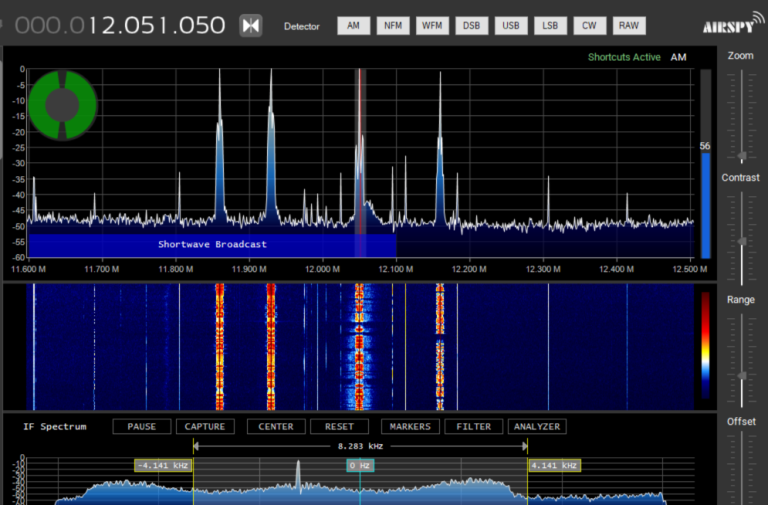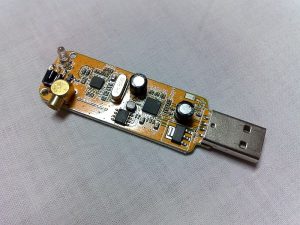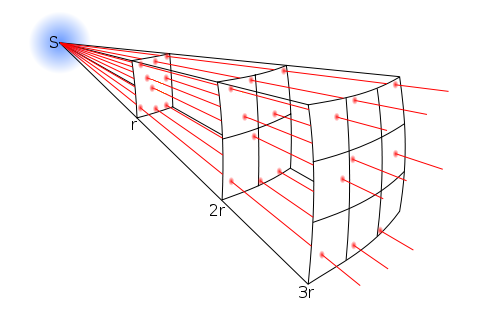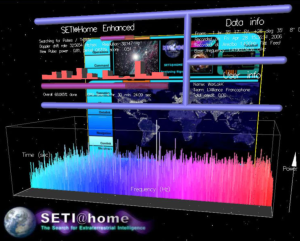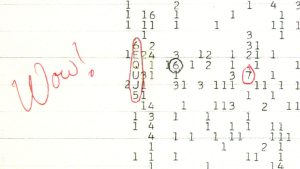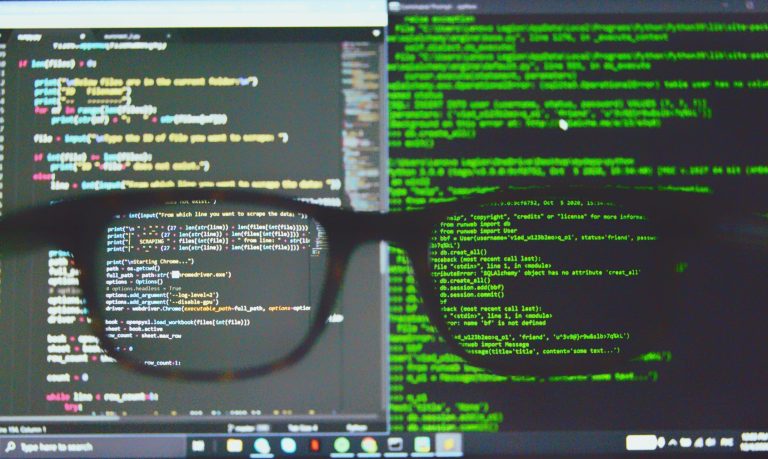The Limitations of Measuring and Reporting Dose Rate from Radioactive Objects
Why is using a dose rate to measure an object not always a meaningful way to convey information? If not, what is?
When it comes to assessing the potential hazards of materials, measuring and reporting the dose rate emitted by a rock or any other radioactive object might seem like a straightforward approach. However, relying solely on this method can lead to misunderstandings and misinterpretations of the actual risks involved. In this article, we’ll explore why measuring dose rate alone isn’t a reliable way to convey meaningful information about radioactive objects.
The Complexity of Radioactivity Measurement
Radiation measurement is a multifaceted process that involves various technologies and detection components. Different types of handheld radiation measuring equipment utilize different methods to detect radiation, such as Geiger-Mueller (GM) tubes, scintillation detectors, and semiconductor detectors. Each type has its own strengths and limitations, making it crucial to understand the nuances of radiation detection before drawing conclusions from measurement data.
Limitations of Dose Rate Measurement
Measuring dose rate alone may not provide an accurate representation of the actual radiation hazard posed by a radioactive object. Here’s why:
Variability in Radiation Types: Different radioactive isotopes emit different types of radiation, such as alpha, beta, and gamma radiation, each with varying penetration depths and biological effects. Handheld radiation detectors may not differentiate between these types, leading to an oversimplified assessment of radiation risk.
Energy Dependence: Some radiation detectors are more sensitive to certain energy ranges than others. For instance, GM tubes are commonly used for detecting low to medium-energy gamma radiation but may not be as effective for detecting high-energy gamma radiation or beta particles. This energy dependence can affect the accuracy of dose rate measurements.
Shielding Effects: The presence of shielding materials, such as lead or concrete, can significantly attenuate radiation and affect dose rate measurements. Without accounting for shielding effects, reported dose rates may not accurately reflect the actual radiation exposure in a given environment.
Discrepancies in Measurement Readings
Due to differences in design, technology, and calibration standards, two calibrated radiation detectors may yield widely varying measurements when exposed to the same radioactive source. For example, a Geiger-Mueller counter and a scintillation detector may register varying dose rates for identical radiation fields due to their inherent detection mechanisms and response characteristics.
Dose Rate vs. Activity Concentration
One of the key distinctions to grasp is the difference between dose rate and activity concentration. Dose rate refers to the amount of radiation absorbed per unit of time, typically measured in sieverts per hour (Sv/hr) or millisieverts per hour (mSv/hr). Activity concentration, on the other hand, quantifies the amount of radioactive material present in a given volume or mass of a substance, usually expressed in becquerels per kilogram (Bq/kg) or becquerels per liter (Bq/L).
Activity
Activity refers to the rate at which a radioactive sample undergoes radioactive decay. It is a measure of the number of radioactive decays occurring per unit of time and is typically expressed in units such as becquerels (Bq) or curies (Ci). For example, if a sample has an activity of 1000 Bq, it means that 1000 radioactive decays occur within that sample per second.
Activity Vs. Count Rate
Activity describes the intrinsic radioactivity of a sample based on its rate of radioactive decay, while count rate measures the rate at which a radiation detector detects radiation events. While related, they serve different purposes in assessing radioactivity.
Precision
Precision in the context of measurement refers to the degree of repeatability or consistency in obtaining the same result when a quantity is measured multiple times under identical conditions. Essentially, it assesses how close multiple measurements are to each other. A measurement is considered precise if it yields very similar results upon repeated trials, indicating low variability or scatter in the data points. Precision does not necessarily imply accuracy; it focuses solely on the consistency of measurements relative to each other.
Conclusion
The variability in dose measurement readings between different types of calibrated devices highlights the necessity to use a more meaningful way of conveying information. Precision can be used as a meaningful way to convey information because a count rate measurement any specific device can be expected to be repeatable across all properly functioning properly calibrated devices of the same model.
The Limitations of Measuring and Reporting Dose Rate from Radioactive Objects Read More »

